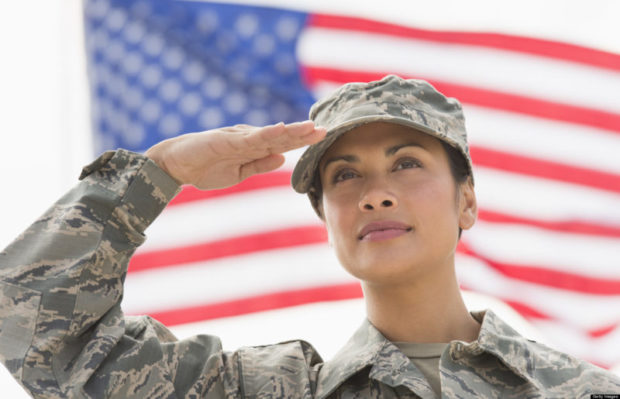How America’s Female Veterans Are Getting Help When Re-entering the Workforce

Today there are more women than ever before serving in America’s armed forces. These include women who fill frontline duties in combat zones, to those who serve in support capabilities. While some barriers remain, the reality is that America’s military has become increasingly more integrated – even compared to its recent past.
However, one question remains top of mind for these heroes. What will life after their time in the military look like? For some, a career in the armed forces is the goal, while for others they fully expect to re-enter the workforce after their commitment to their country has come to an end.
Transition to Civilian Life and Work
In some instances, the transition back into the workforce is rather straightforward as they can leverage the skills and experience gained while in uniform. For others, the transition is not as easy. This could include dealing with physical and emotional wounds from serving in a combat zone or it could be a skills mismatch which makes it difficult to translate their military experience into a civilian role.
But this doesn’t mean they are alone. In fact, many individuals and organizations are helping America’s female veterans get the help they need when re-entering the workforce. This includes a move by a group of female veterans in Southern California to create a mentorship group of veterans for veterans.
Help and Coaching Available
These efforts can help female veterans to not only navigate the transition back to civilian life, by explaining the labyrinth of services, and red tape, on offer by the Department of Defense, and the Veterans Administration; but also to provide one-on-one coaching for challenges which are specific to their experience.
For some veterans, this means leveraging their experience in uniform to get a lucrative position with a military contractor. In fact, this is often seen as the easiest way to find full-time employment once they have been separated from service. This is especially true for those veterans who have security approvals as this will allow them to more easily apply for Clearance Jobs.
However, this is not the only option for veterans seeking to rejoin the workforce. In fact, those in positions such as pilots or the medical field often find their skills are in high demand. While it would appear the transition back to civilian life is easier this can be misleading.
Family Considerations
In fact, female veterans face not only have the pressure to find employment but rightly or wrongly, they must deal with the needs of their families – including a partner who may still be an active duty service member.
This could include needing to consider children’s school schedules before deciding to relocate; or even needing to remain near to where their partner is based. In addition, many active duty service members remain in the reserve forces when cycling back to civilian life. As such, they need to find an employer who is willing to work around their reserve schedule.
Granted, the law does not allow employers to discriminate against reservist either in hiring or promotion decisions. However, we live in the real world and not in the courtroom and this means that many employers do take these responsibilities into account.
Add to this that female veterans also have family commitments, and this can make it harder for them to find meaningful employment in the civilian workforce. Examples of how difficult this transition include Jodie M. Grenier, who went from working with a team of intelligence analysts in the military to waiting tables in civilian life.
Help For Female Veterans
Despite these issues, several groups are helping. This includes the Center for Women Veterans which offers exit seminar and Final Salute Inc. which provides assistance for homeless female veterans. Programs like these try to smooth the transition back to civilian life and even offer a lifeline for those who have fallen through the cracks.
Even if the support network for female veterans remains incomplete, it is growing due to the work of mentors and organizations who not only understand the challenges but are willing to provide support.
Beyond this, the Veterans Administration does provide some support for female veterans and a loose coalition of groups focused solely on female veterans has popped up across the country. One reference point is the directory of resources for female military veterans from Operation We Are Here.
Combined there are millions of women who have served or who are currently serving in the armed forces. While the transition back to civilian life is never easy, there are particularly challenging for female veterans. The good news is that they don’t need to go it alone as many are getting help when re-entering the workforce.

